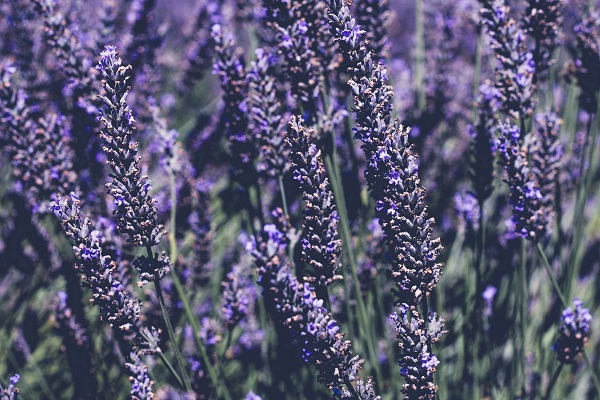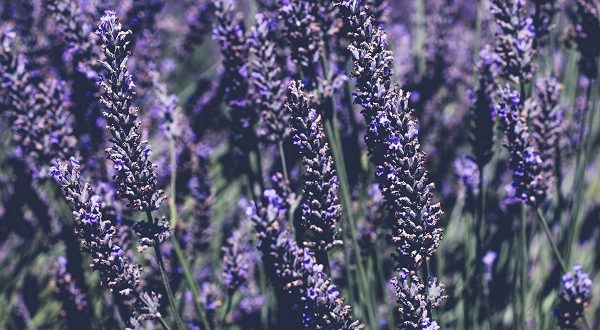Lavender is an easy plant to love – its heady fragrance, neat habit, and undemanding nature make it a favourite in gardens up and down the country. Yet, come winter, many a previously healthy lavender turns up its toes, and we find ourselves heading to the garden centre all over again, not to mention putting up with the long wait for the plant to bush out. This winter, take some extra care and help your lovely lavender survive the harshest season.
Ways with water
There’s a reason why lavenders hail from Mediterranean parts: they like it hot and dry. Having said that, lavender is remarkably frost tolerant – providing the ground it is in is free-draining. Although there is little we can do in winter to provide the heat the plant craves, we can ensure our plants retain comfortably dry feet, something that will keep the dreaded root rot at bay. The task of providing our lavender with a free draining site begins right back at planting time. But should if your lavender is already in a less than ideal spot, it is not too late to move it.
Choose a gently sloping, sunny and sheltered site. Dig in a few handfuls of sharp sand (available from garden centres), and a scattering of Dolomite lime. Don’t be tempted to add compost as the humus it contains will only lock in the moisture your lavender won’t thank you for. If there is any chance the soil is poor-draining, mound up the planting site to a height of 10-15cm and plant the lavender into it. Don’t be tempted to plant below the level the lavender was previously growing at.
In winter, we tend to mulch our gardens to suppress unwanted growth at a time when it’s not a good idea to be standing on the soil, weeding. Lavender, however, is shallow rooted, and if you mulch the ground around it, that mulch will suck in moisture and hold it against the plant’s root zone. If you mulch your garden, be sure to keep the mulch back from the main stem of the lavender by at least 30cm to allow the ground to dry out.

Thanks, but I’m not hungry!
One of the reasons lavenders are so frost tolerant is that they go into a semi-dormancy state in winter. If you fertilize them toward the end of their growing season (in late summer or autumn) you are setting the plant up to fail because the nutrients will encourage tender new growth which will succumb to frost. Lavender only needs a smidgen of slow-release fertilizer every couple of springs so err on the cruel side if you want to be kind.
Pamper with a prune
We’ve all seen straggly lavender bushes or those that have gone ‘woody’ (i.e. they are all branches with few leaves or flowers). Not only does a good prune in autumn help your plant retain its delightful round-bush shape, but it encourages new growth to hug into the main stem, trapping a warming blanket of air, and thus protecting the plant from the elements.
Moving home
If you live in a climate where winter is all about heavy rainfall, consider growing your lavender in a pot which can be moved into the shelter of overhanging eaves, or into the protective covering of a greenhouse. If you do this, though, remember that although lavenders enjoy free draining soils, they do not tolerate drought conditions – something that can happen even in winter if a plant is out of the reach of rain. So have the watering can at the ready!










Join the Discussion
Type out your comment here:
You must be logged in to post a comment.